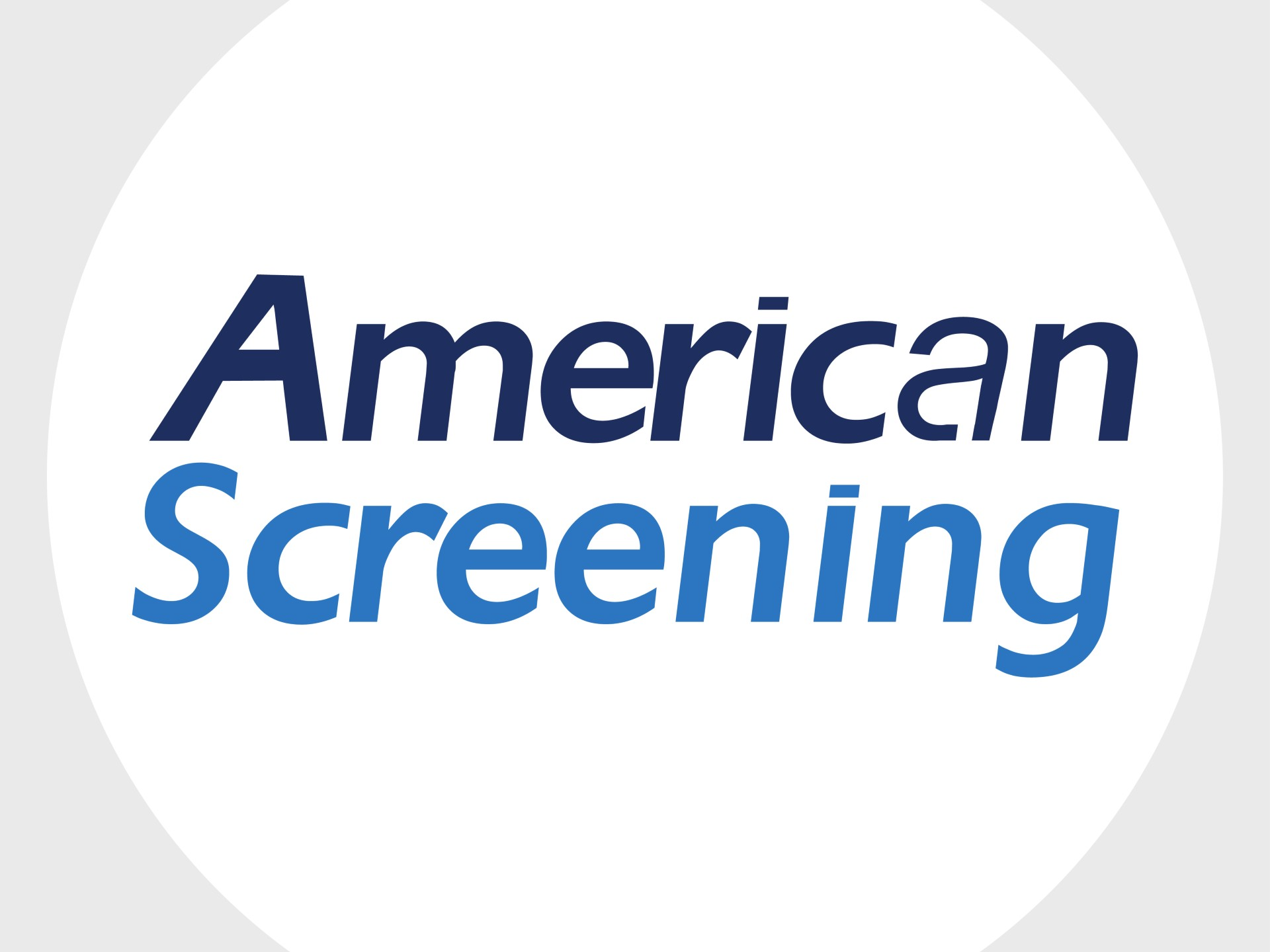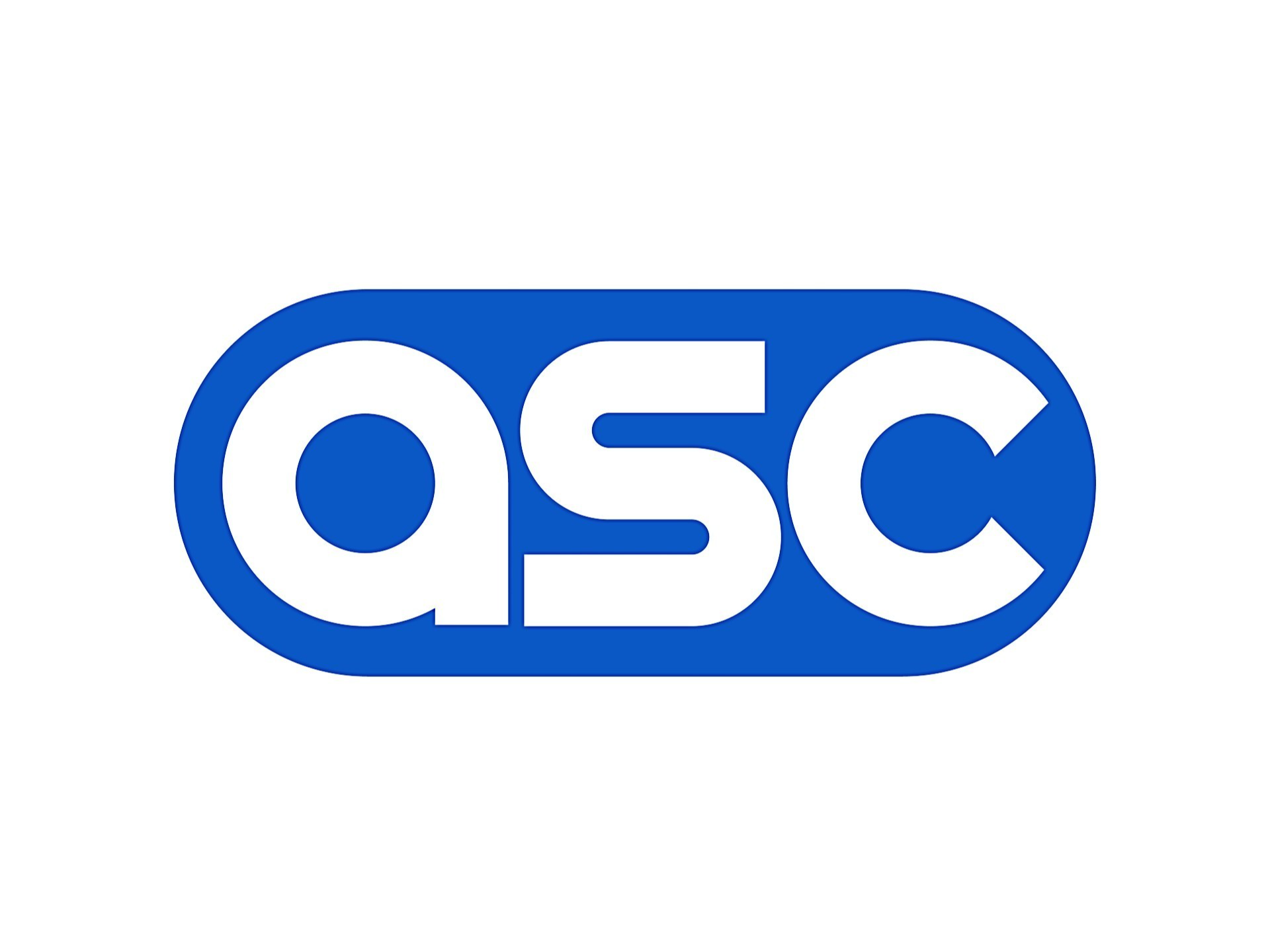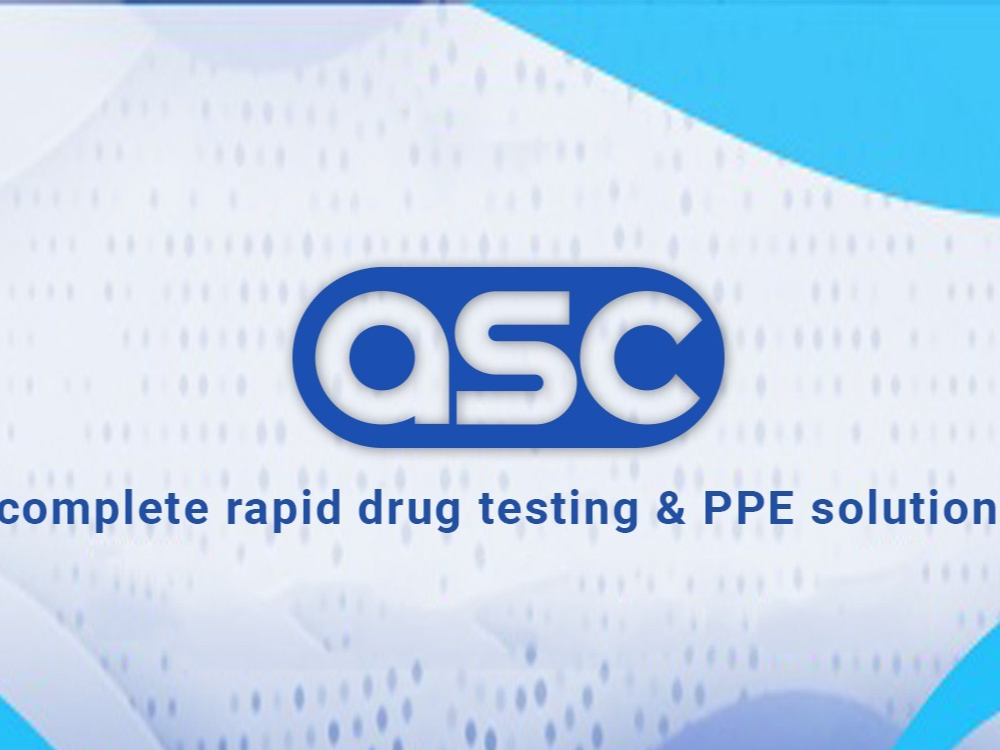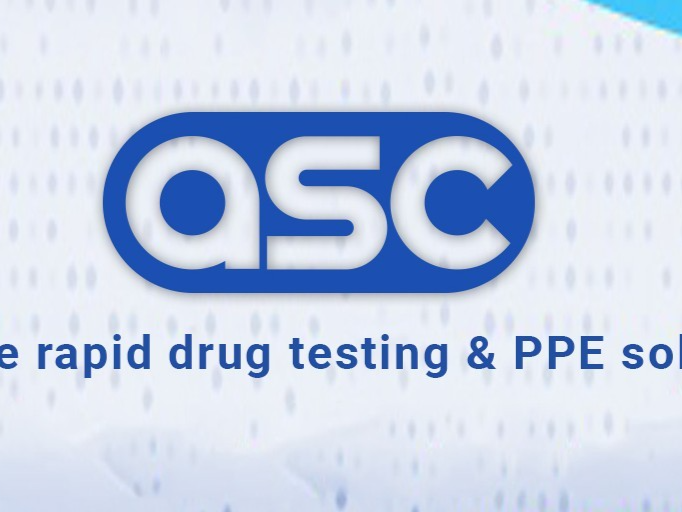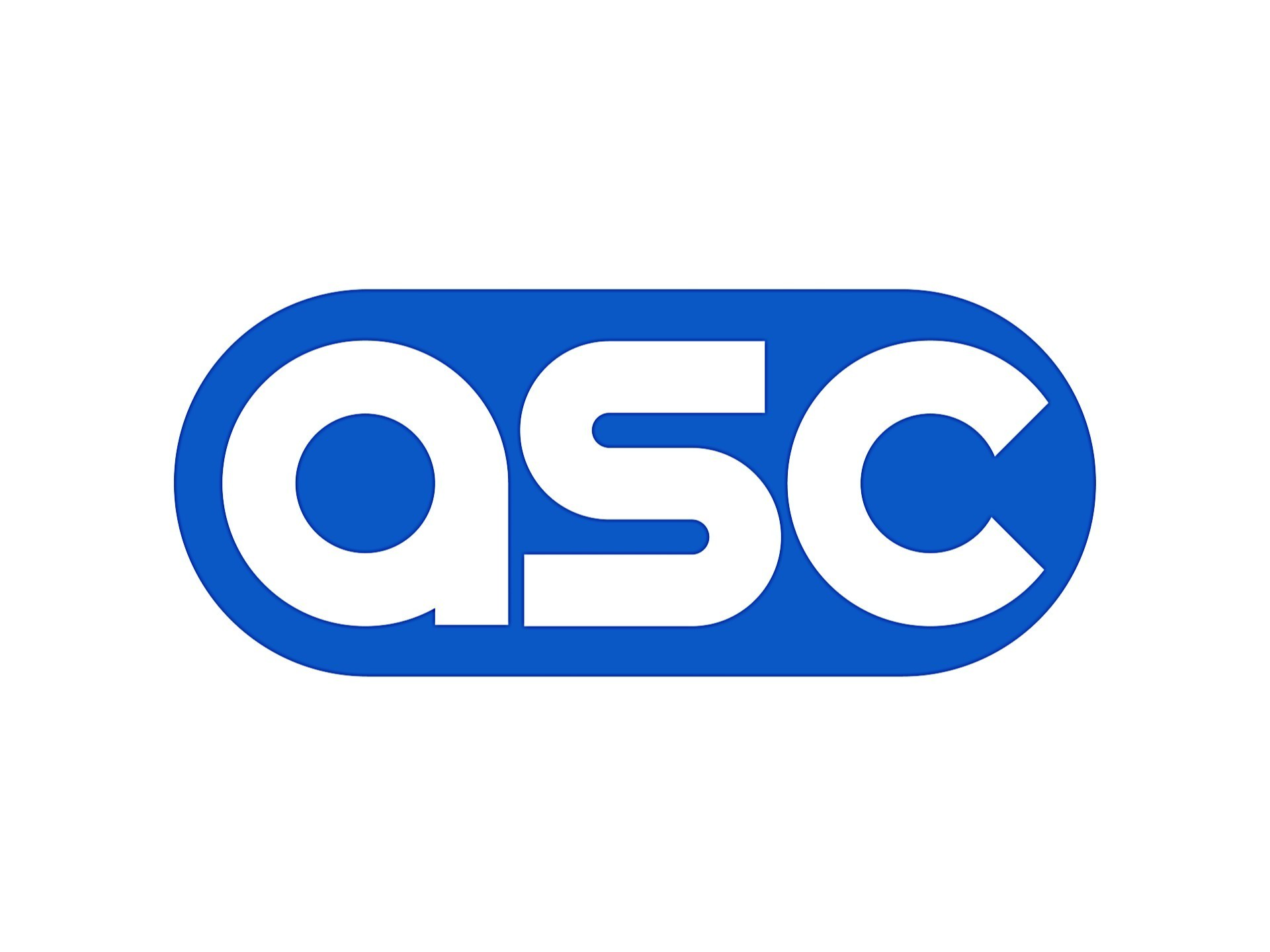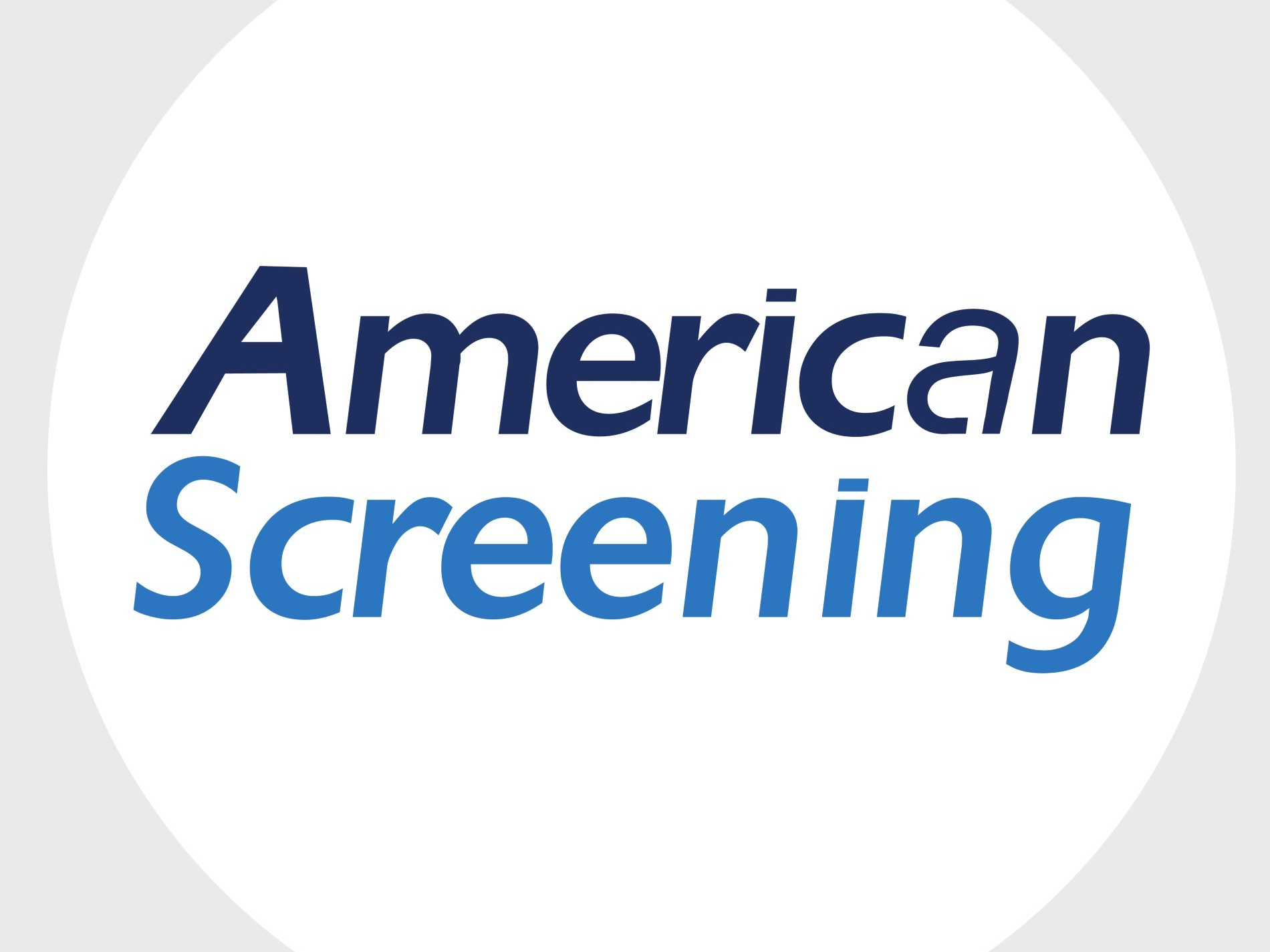Drug Cut-Off Levels: A Comprehensive Overview

Understanding Drug Cut-Off Levels: A Comprehensive Overview
07-03-2023
American Screening Corporation explained that drug testing has become common in various fields, including employment, sports, and law enforcement. Drug tests employ specific cut-off levels to ensure accurate results, which determine whether a sample is positive or negative for a particular substance. This article aims to comprehensively understand the most common drug cut-off levels used in various drug testing methods.
Urine Drug Testing
Urine drug testing is the most frequently used method due to its convenience and cost-effectiveness. Common substances tested include marijuana, cocaine, amphetamines, opioids, and benzodiazepines. The cut-off levels for these drugs are typically set at specific nanograms per millilitre (ng/mL). For instance, the cut-off level for THC (the active component in marijuana) is usually set at 50 ng/mL.
Saliva Drug Testing
Saliva testing is gaining popularity due to its non-invasive nature and the ability to detect recent drug use. Cut-off levels for saliva drug testing are generally lower compared to urine tests. For example, the cut-off level for THC in saliva is commonly set at 25 ng/mL. This lower threshold ensures the detection of recent drug use, as drugs tend to clear from saliva relatively quickly.
Hair drug testing provides a long-term detection window, making it suitable for identifying chronic drug use. Hair testing cut-off levels are expressed as per milligram picograms (pg/mg). The cut-off levels for different drugs can vary, but commonly used thresholds include 1 pg/mg for THC and 300 pg/mg for cocaine metabolites. The detection period in hair can span several months, allowing for retrospective analysis.
Blood testing is considered the most invasive and expensive method but provides the most accurate results for determining recent drug use. Cut-off levels for blood tests are typically expressed as nanograms per millilitre (ng/mL). These levels may vary depending on the drug being tested. For example, the cut-off level for alcohol in blood testing is commonly set at 0.08%, the legal limit for driving in many countries.
Breathalyzer testing is primarily used for alcohol detection. Unlike other drug testing methods, breathalyzer tests measure the alcohol concentration in breath rather than blood or urine. The cut-off level for breathalyzer testing is typically set at 0.02% to detect even small amounts of alcohol, ensuring road safety.
Understanding drug cut-off levels is essential for accurate and fair drug testing. These thresholds vary depending on the drug test type and the specific substance being detected. Individuals and organizations must know the cut-off levels relevant to their testing method to ensure reliable and consistent results. We can maintain transparency, promote safety, and effectively deter drug use in various domains by staying informed about drug cut-off levels.



